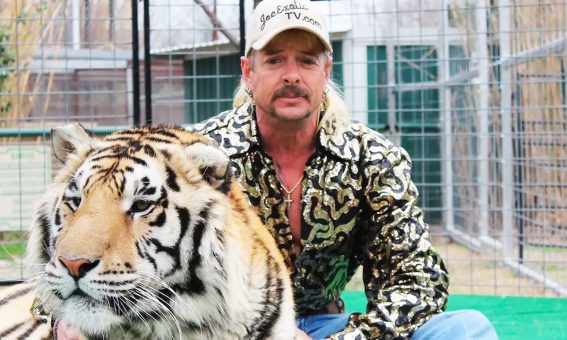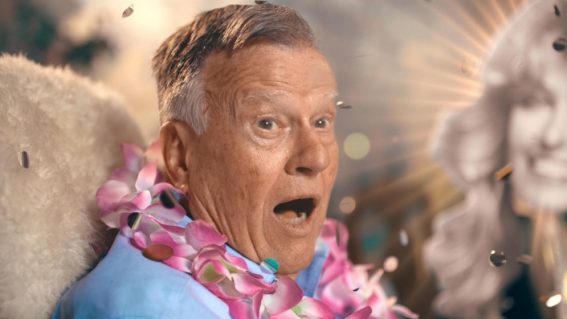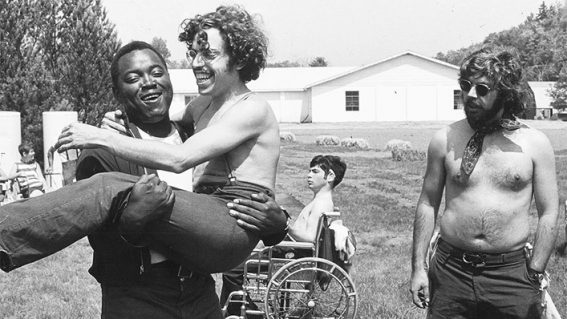Netflix docu-series How to Change Your Mind explores the incredible potential of psychedelics
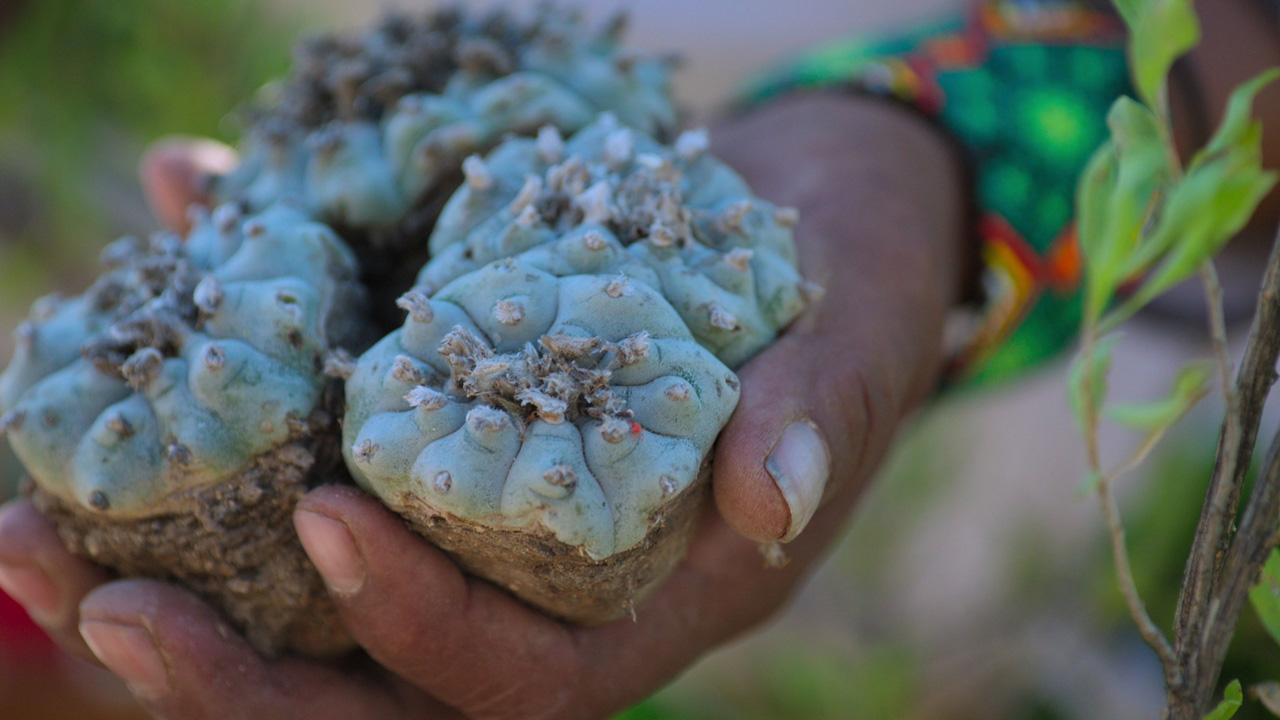
New docuseries How To Change Your Mind explores the history and uses of psychedelics, with master documentarian Alex Gibney teaming up with best-selling author Michael Pollan. As a big fan of the book of the same name, Tim Batt takes a look at what this series has to offer.
Michael Pollan’s How To Change Your Mind is a 2018 New York Times Bestseller, and now a four-part Netflix documentary mini-series about psychedelic substances.
Pollan himself is a 67-year-old American journalist and writer whose main beat has been food and global food systems. More recently, though, his work has drifted into exploring the science, culture and medical potential of mind-altering plants and drugs. Through the book from which this series takes its name, he established himself as one of the most famous voices of credibility advocating for the world to re-examine its stance on psychedelics.
In his subsequent (and in my opinion, less compelling) This Is Your Mind on Plants, he reveals that he experimented with growing opium-containing poppies as a much younger man, almost purely in rebellious defiance to confusing legal statutes which could have seen him jailed for such an innocuous act of gardening. Proof it seems, that even when he wasn’t writing about it, he had mind-altering plants on his mind for his whole adult life.
Pollan’s new professional cause is asking society to re-evaluate its relationship with these plants and drugs. In this role, it is useful that his look is strikingly normcore—the classic appearance of a suburban Californian dad. He’s slim, tall, bald, bespeckled and frequently seen in a lowkey double denim outfit.
This is relevant because it allows Pollan, through his high-profile interviews, globe-trotting public speaking appearances (and now his hosting role in this Netflix series) to act as something of a non-threatening rosetta stone who translates information from the buzzy Camp Psychedelic to fellow baby boomers who grew up in the era of Nixon’s demonisation of hippies and Nancy Reagan’s dangerously quaint Just Say No campaign. He decodes and transmits messages from the pro-psychedelic side—a group that includes scientific researchers, First Nations practitioners and uncredentialed enthusiasts, to an uninitiated general public.
Each of the four, roughly one-hour-long episodes takes us through one specific substance: first LSD (aka Acid), then psilocybin (the psychoactive compound found in Magic Mushrooms), MDMA (aka Ecstasy) and mescaline (the hallucinogenic alkaloid present in certain cactus species). Each substance has its historical and cultural context broadly explained, the current scientific research explored and we meet an array of people taking these substances for very disparate reasons. These reasons range from relief from crippling psychological conditions to centuries-old cultural practice.
Some creative decisions will make people switch off early, and that’s a shame. For example, the series kicks off with a ceremonial leader named Erika Gagnon, adorned in rainbow colours and a ton of jewellery helping Pollan snort tobacco, putting him in a visible trance. However, the small gripes I have with the series pale in comparison to the relief I feel (as a psychedelics enthusiast) at the competent, high quality and sober look at psychedelics which is designed for an audience of people who have likely never dabbled in their life.
There are so many compelling stories to tell about how we treat these powerful mind-altering substances and what modern clinical research is showing they can do for us. Pollan and Gibney’s series does a good job of weaving the historical, cultural and medical/scientific strands. In the psilocybin episode, the historic journey of magic mushrooms’ explosive introduction to the Western world is explained, made via a 1957 Life magazine photo essay chronicling the exploits of a JP Morgan banker-turned-adventurer named R. Gordon Wasson, who travelled to Mexico and became, in his words, one of “the first white men in recorded history to eat the divine mushrooms”.
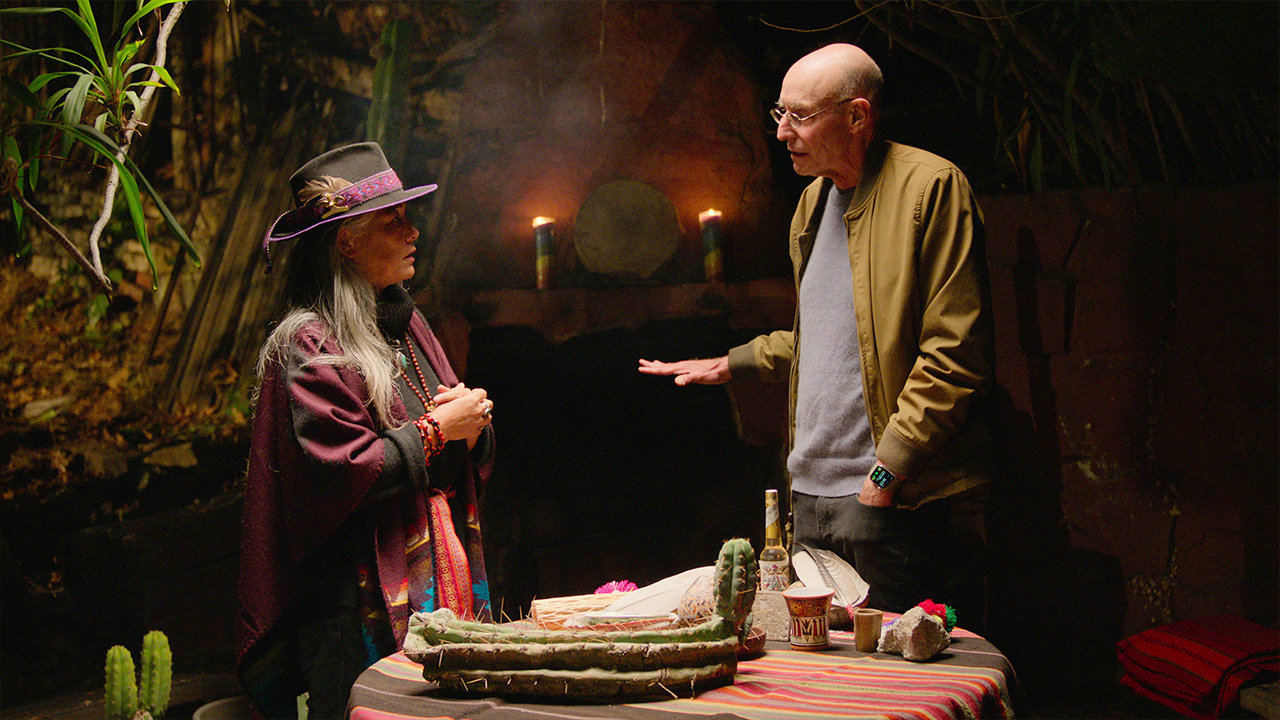
We meet Ben in the same episode, a clinical trial participant who has suffered lifelong, crippling Obsessive Compulsive Disorder. The disorder has been with him since childhood and remained until fatherhood, despite years of therapy and medication. After a single, high-dose, clinically-assisted treatment of psilocybin however, Ben announces to the camera that he believes he no longer has OCD.
Though the medium and the chosen format allow not too much time to dwell on one story for too long, we hear a little about colourful characters who are central to the recent historic, legal and political story of psychedelics. Figures like Timothy Leary, the Harvard professor who became an LSD messiah and eventual jailmate of Charles Manson. There’s even screen time for modern-day stars of the psychedelic renaissance, like self-taught mycologist Paul Stamets.
The fourth and final episode centres on peyote/mescaline and is thankfully told with sensitivity and context. Taking a markedly slower pace and more singular focus than the preceding episodes, it dwells on the complicated connection of the peyote cactus to some Native American tribes, delving into the historic legal battles they’ve fought with the US Federal government and state courts to enshrine their right to use the plant as a sacrament and medicine, and on the other side of the coin, their modern-day battle to defend it against getting swept up in the current rush to commodify every hallucinogen for the curious masses.
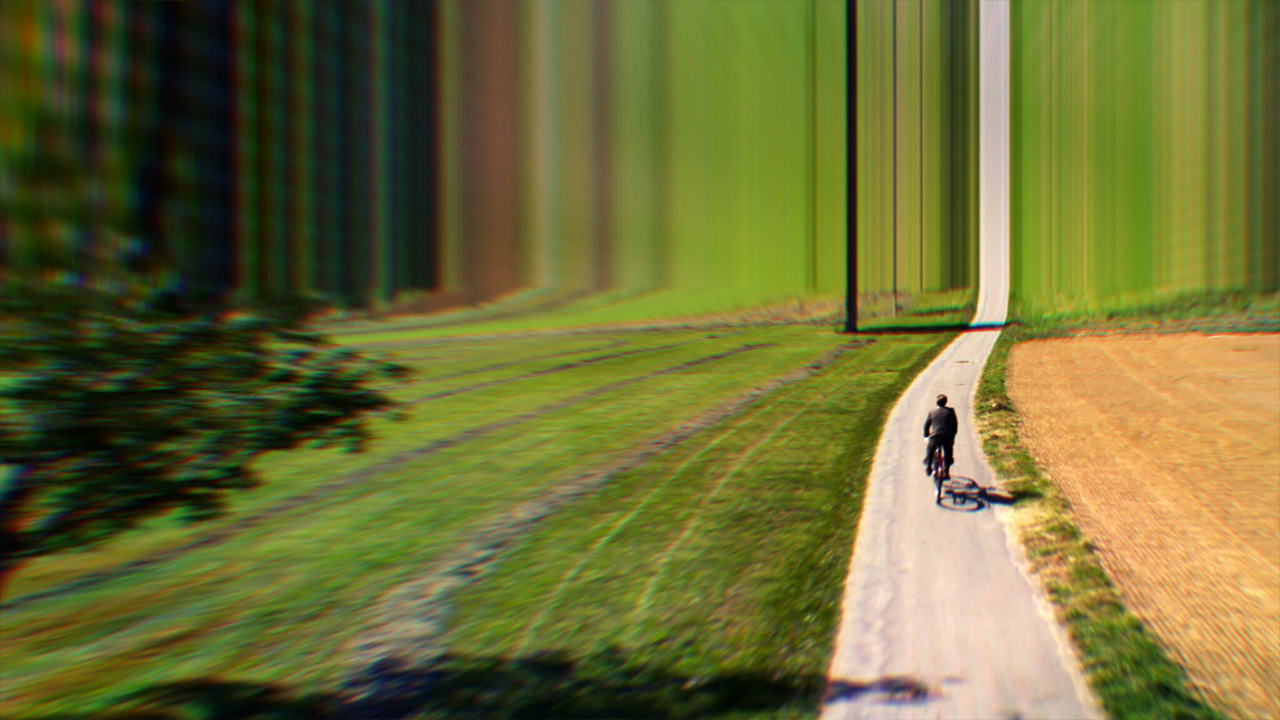
How To Change Your Mind is a well-made and fairly gripping watch—particularly for the uninitiated on this subject matter. I would consider it an introduction to the book, which has several hundred pages instead of four TV episodes, allowing it to delve into some of the more compelling but complex facts and modern science.
Of note, the Netflix series barely brushes on the neuroscience of psychedelics’ interaction with the Default Mode Network (DMN), the system of different parts of the brain that communicate to help us form (among other things) a conception of self. Poor functioning in the DMN is now theorised by some experts to be intimately connected to mental disorders such as addiction, treatment-resistant depression, OCD, Post-Traumatic Stress Disorder, Generalised Anxiety Disorder and more.
These disorders appear to be on the rise globally and the use of psychedelics is showing promise as a revolutionary treatment to disrupt these disorders and help people who are suffering. I remember this being one of the most fascinating parts of a deeply fascinating book; however, you can only fit so much into four hours of TV and the decision to focus on more personal, anecdotal stories to prove the incredible potential of psychedelics does create for more evocative and visual story-telling.
All in all, it is simply a relief to have some high-quality media being produced, and outfits with the stature of Netflix supporting discussions about psychedelics. For a long time, the ocean of ‘documentaries’ about the subject has been little more than pseudo-science. After decades of prohibition and bans on clinical study, a revolution isn’t just coming, it is already well underway. Netflix’s How To Change Your Mind is a great introduction and if you really enjoy it, the good news is the book is even better.



